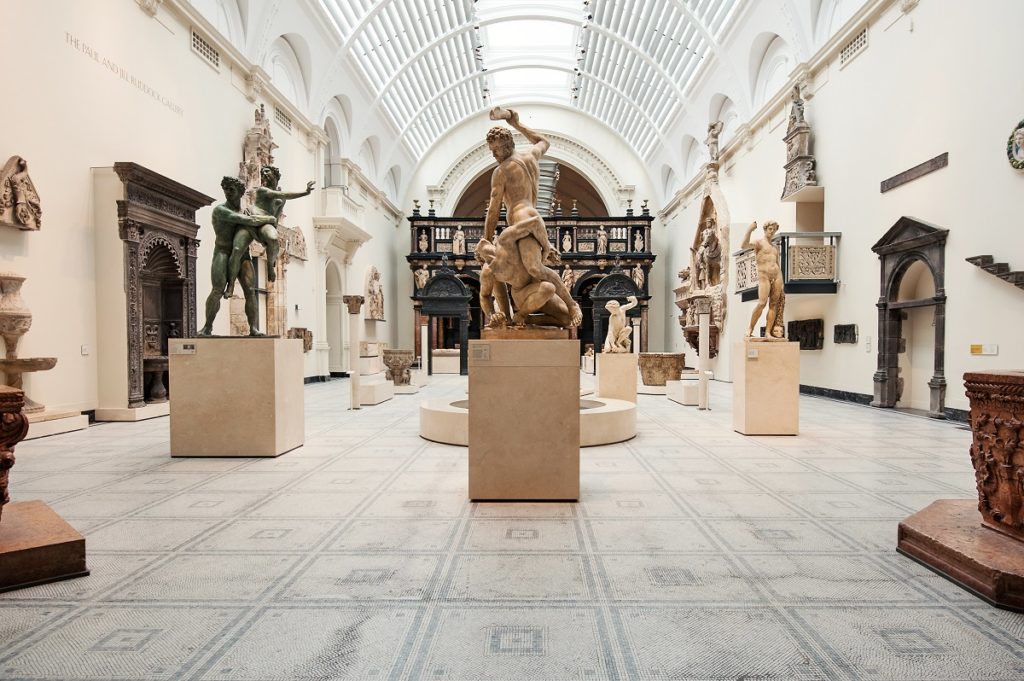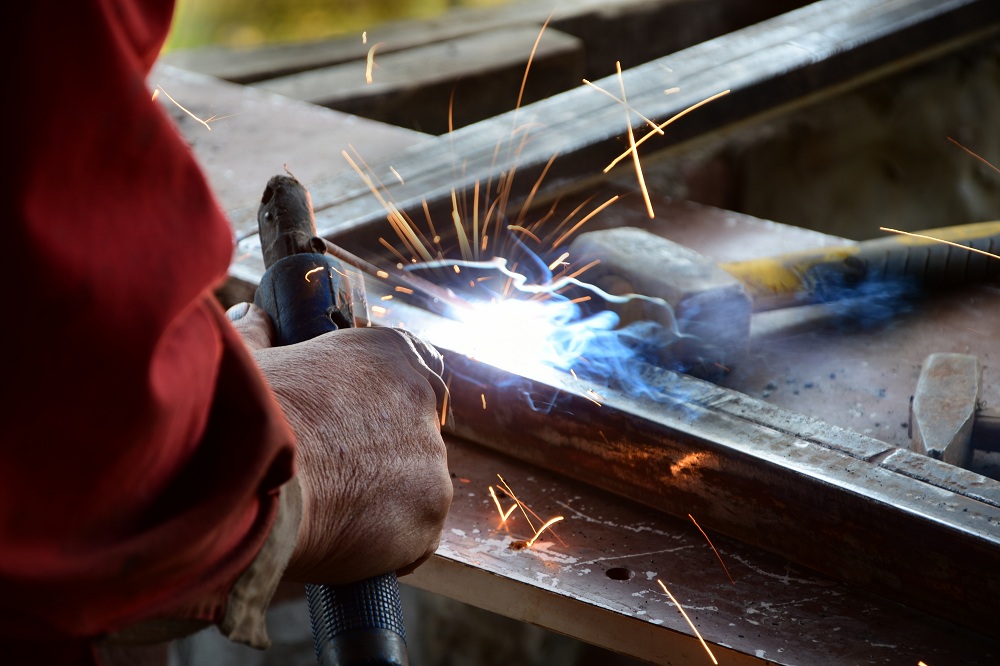The passing of time has brought forth countless ingenious individuals who have led the movement to improve society, notably through the evolution of technology. Technology has become paramount to our lives. It has managed to influence every sector in society, even the Arts and Humanities.
Any person associated with the arts, be it the creator or consumer, has come across some advantages that technology introduced to the field. These improve the means of not only creating art but distributing and tapping into it as well.
Below we discuss four of the advantages that help the Arts and Humanities thrive in the digital age.
Online Consumerism
Many people continue to villainize electronic commerce because of its effects on the traditional means of doing business. However, it does not take away from the fact that it has made shopping for and consuming art in various mediums so much easier in recent times.
For example, independent artists can now sell their merchandise (e.g., prints, standees, zines, and pins) to people all over the world. This can be achieved with the help of online marketplaces that offer shipping methods to their creators as well. Readers even can purchase titles that aren’t available in their location through online bookstores in Singapore or other areas.
Modern Mediums
Art comes in different forms, with the primary seven being architecture, sculpture, painting, literature, music, film, and performing. These forms continue to evolve and are much more different now compared to how they were during the time of their conception. Moreover, they have been joined by hybrid forms and new ones in the modern age.
A prime example would be digital art. As its name suggests, digital art is made with a computer program, like Photoshop or Procreate, instead of traditional mediums like paper and pen. Another would be video games. While quite controversial, the work that goes into creating these games (i.e., character and background design) is an art form in itself, one that takes months if not years to perfect.
Widespread Marketing
Marketing is a crucial component to becoming a renowned artist. This is because marketing helps artists spread awareness about their brand and expand their networks, leading to more admirers and consumers.
Every artist starts with a small network consisting of their family and friends. Through word of mouth and sharing of their pieces, their “fan bases” steadily grow. The growth that artists can experience can even be exponential, with the right use of social media sites like Twitter, Tumblr, and Instagram.
That is because the Internet itself is a network, connecting every person from around the globe. Using social media to promote one’s art is similar to word of mouth in that users will see something they are interested in and share it. It results in more people seeing the piece.
In due time, the expanded network can lead to a steady stream of profit as artists sell any piece or item with their art on it.
Digital Accessibility

Famed pieces like the Mona Lisa or The Girl With A Pearl Earring only have one original piece. As the media evolved with the help of technology, more people were allowed to admire these artworks through a screen. That is perhaps the essential advantage that modern technology has presented to the Arts: its accessibility. Nowadays, it’s safe to say that art isn’t for the elite anymore. Everyday folks like you and I can appreciate “high art” even from afar and learn about them, thanks to the countless articles and journals online.
Because of these factors, arts have evolved. Appreciating, consuming, and accessing art has become more manageable and comfortable nowadays.



